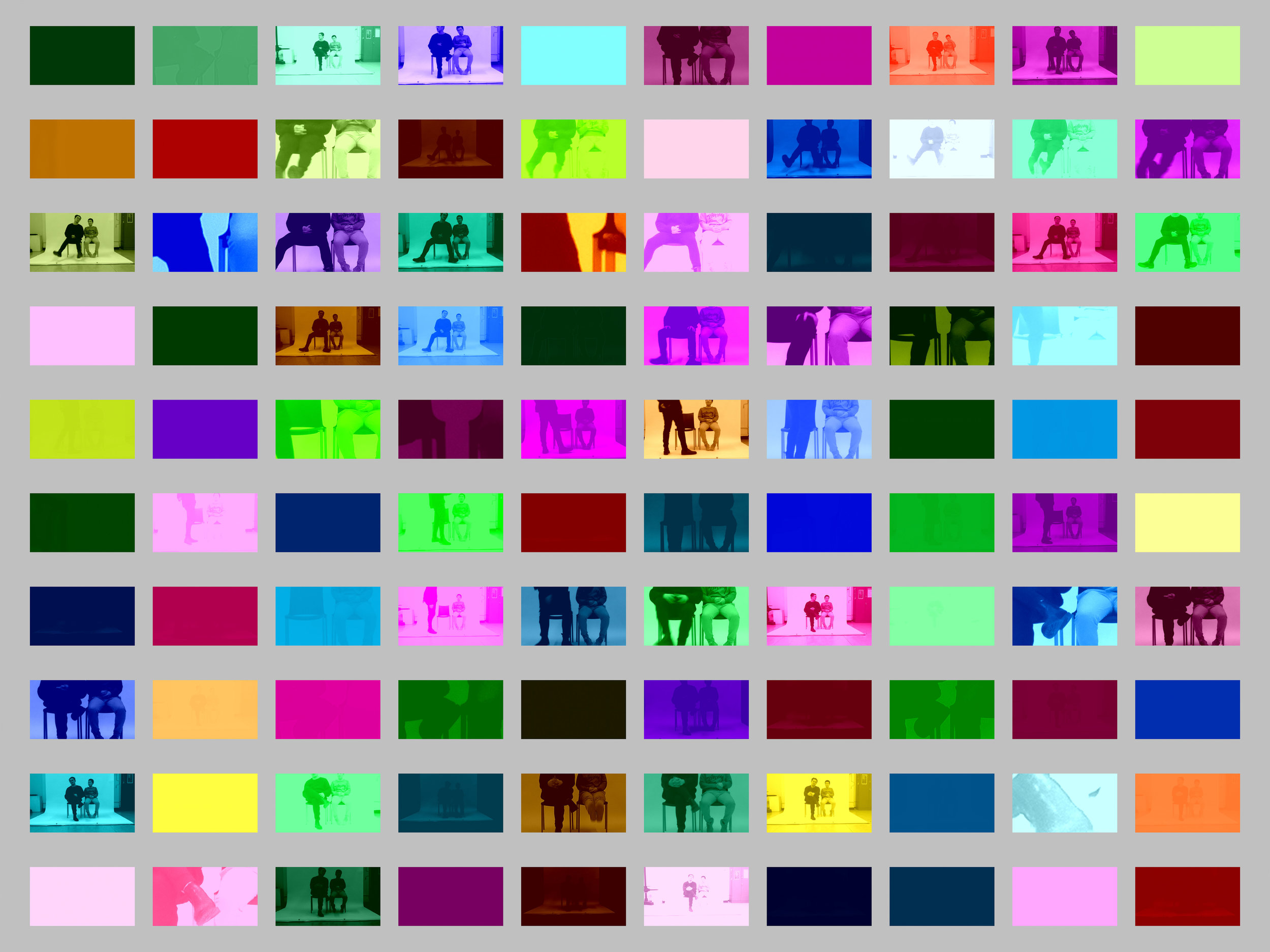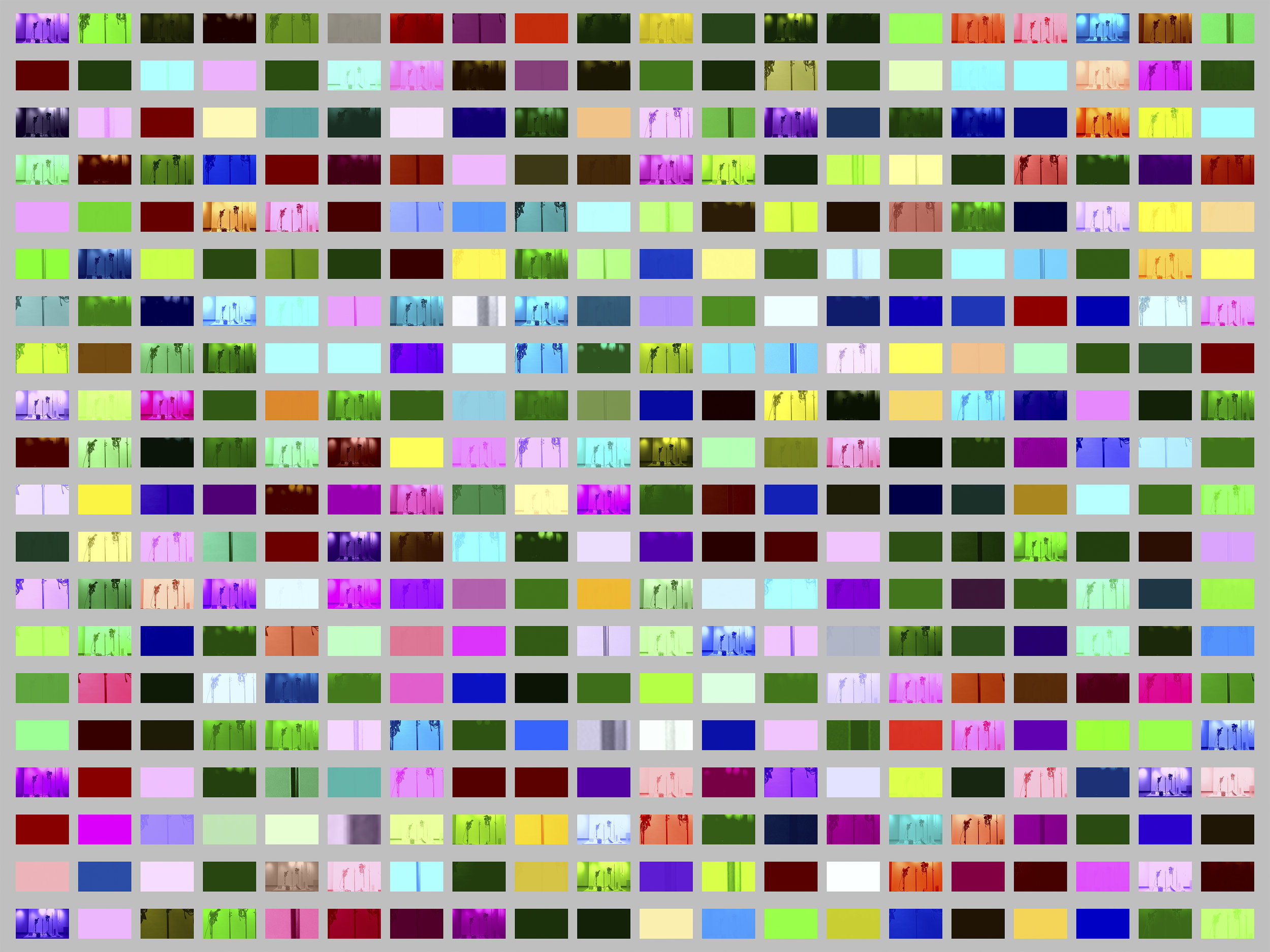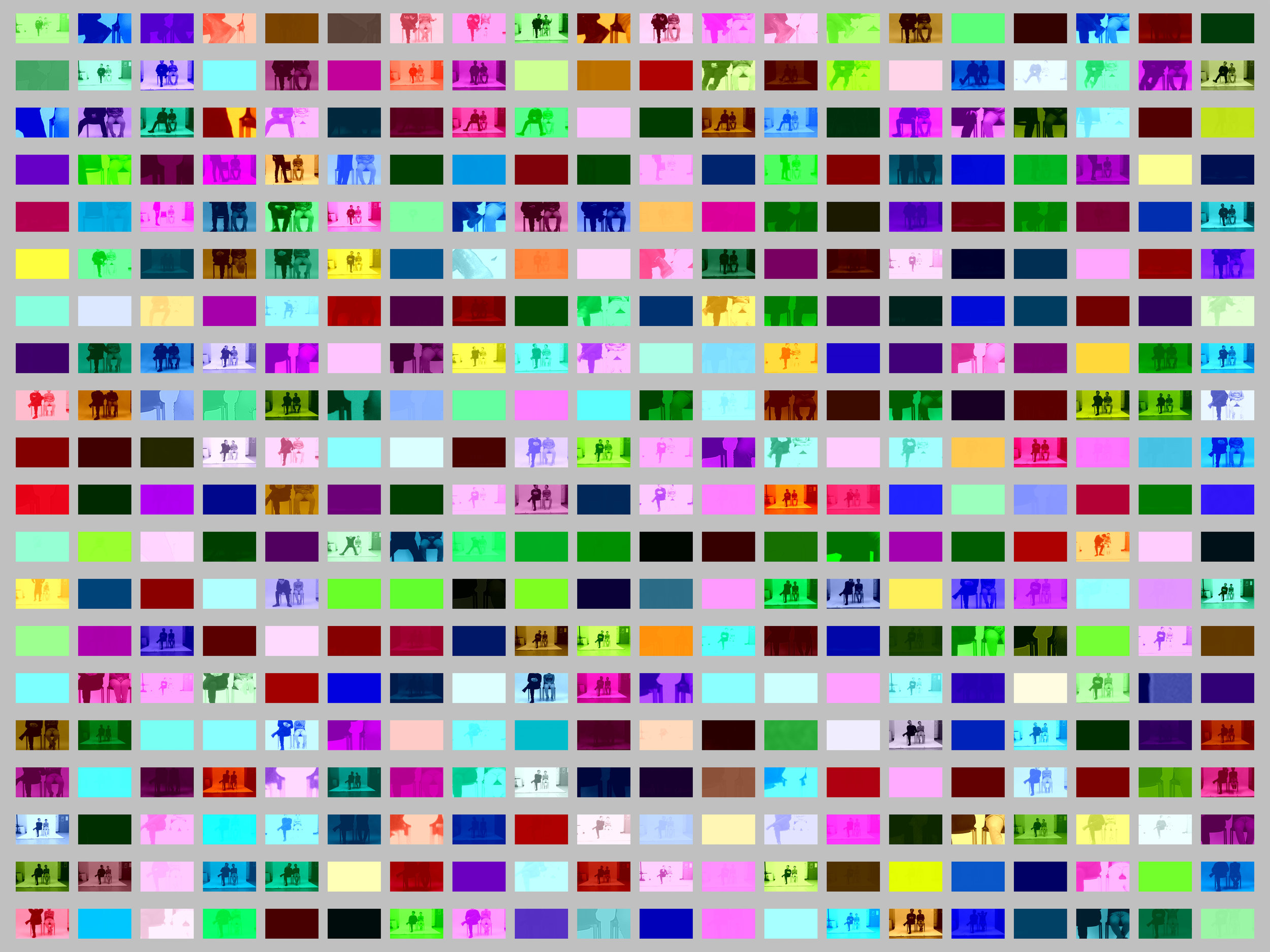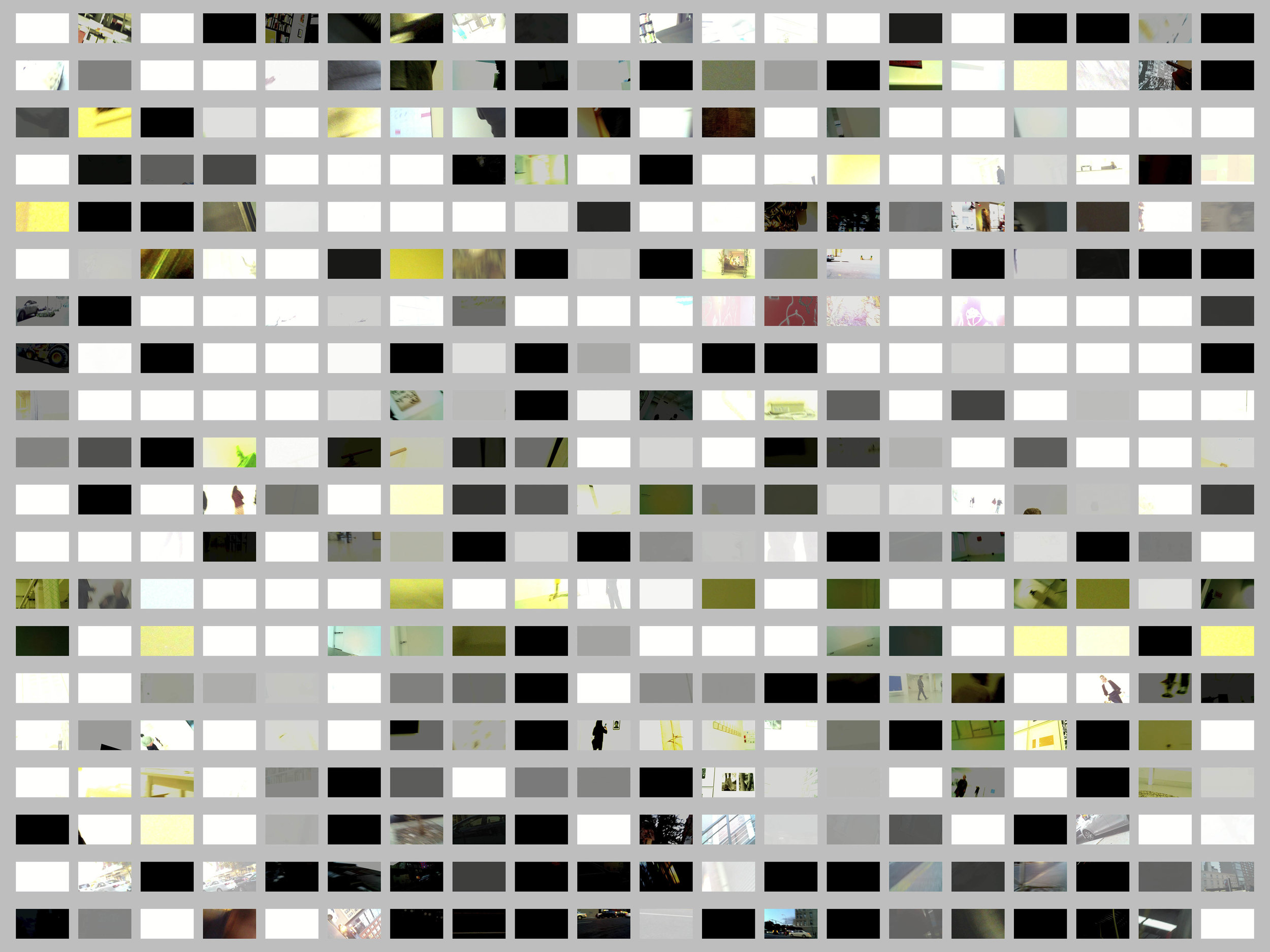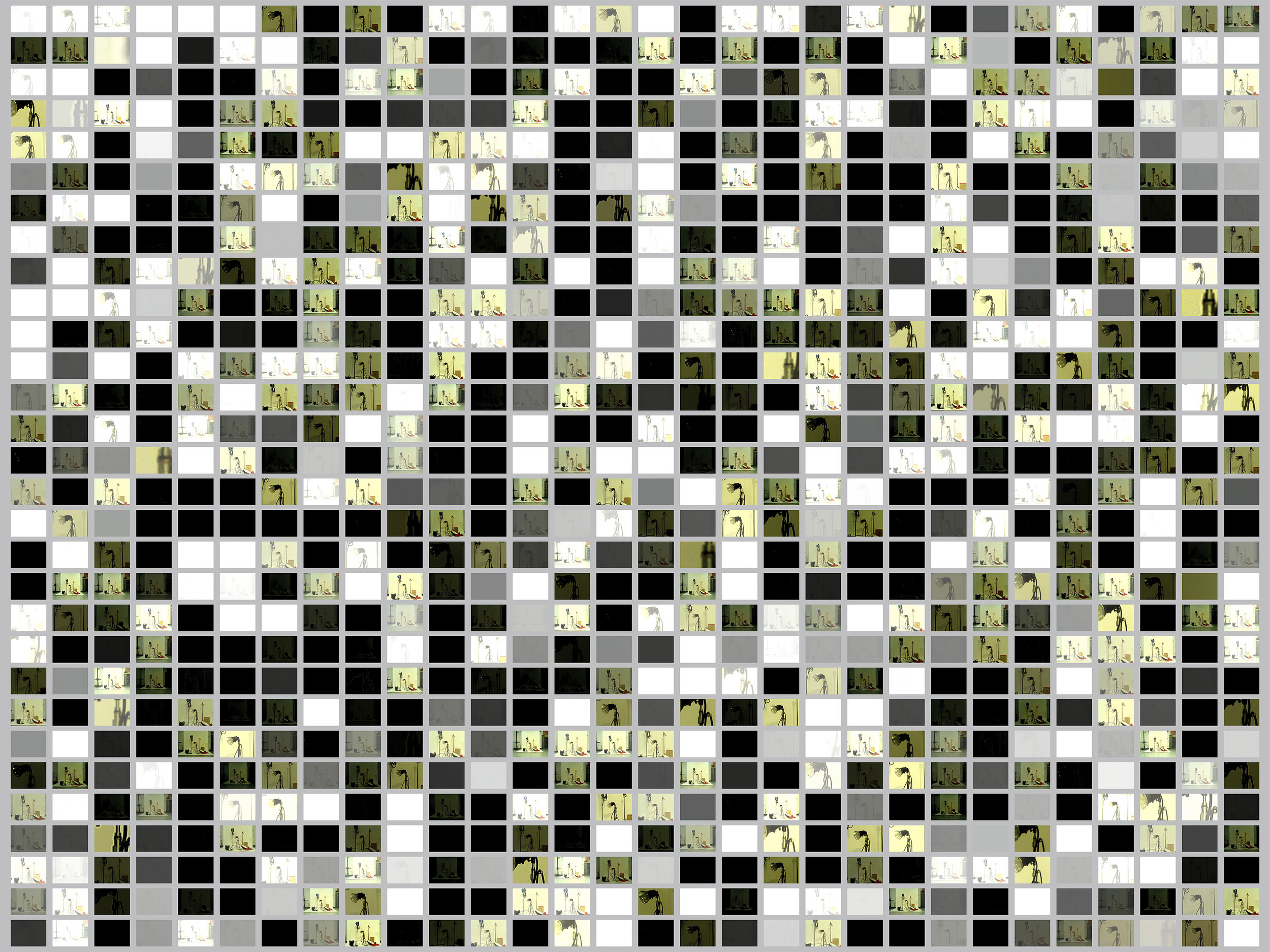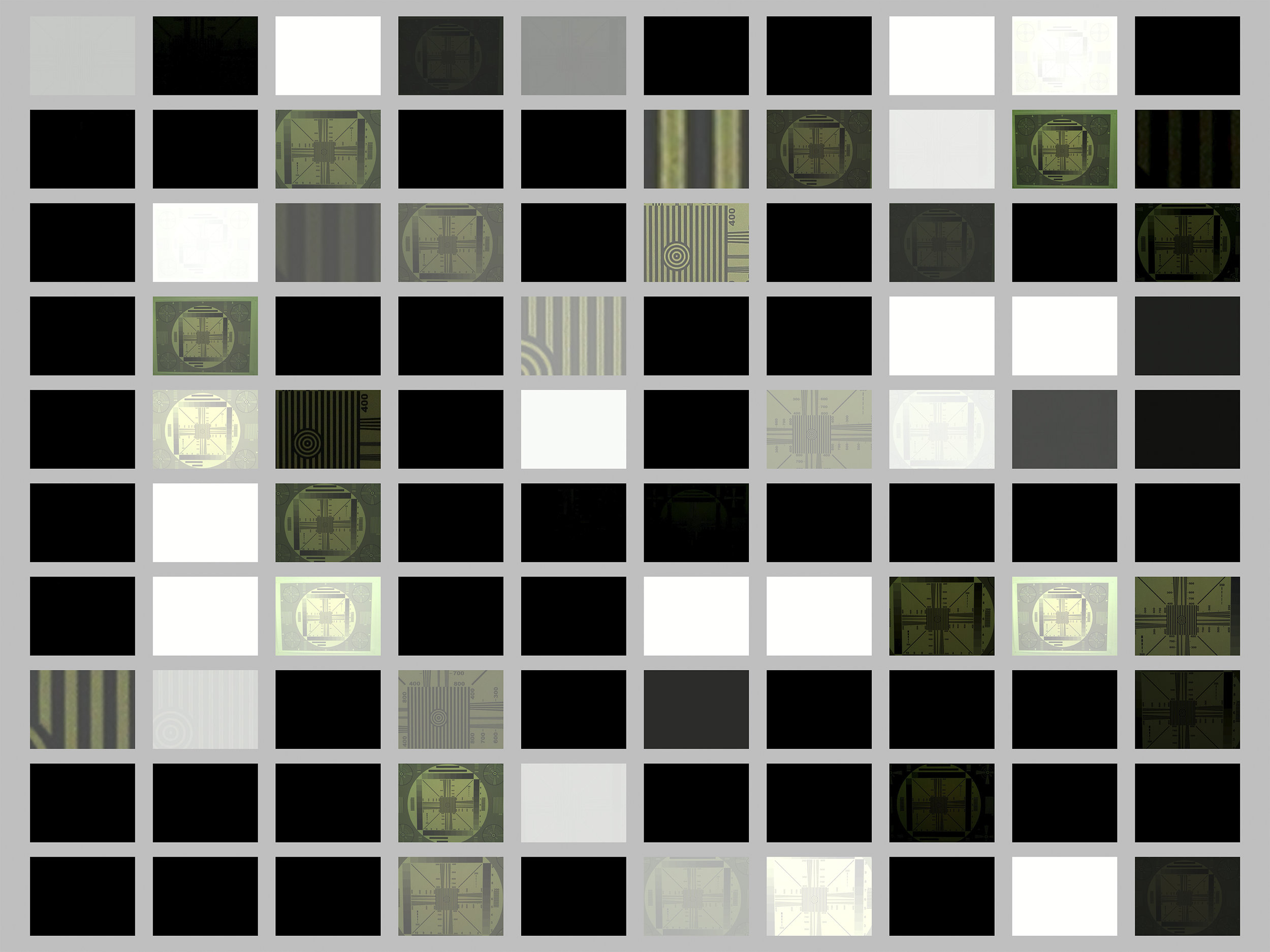Ten thousand trials to become a good photo / 成为好照片的一万次尝试
“......这种算法通过感应器和促动器来传送形式化的指令,流失了康德所说的所有直觉,也就是说,流失了所有的经验。”
——贝尔纳 · 斯蒂格勒(Bernard Stiegler)
在这个影像泛滥的后影像时代,影像装置变得愈加智能化与自动化。随之而来的,是影像生产的无产阶级化问题,这也就是摄影知识的流失问题。影像符号的意义同时变得越来越纯粹和贫乏,人们沦为由计算机程序所引导的影像消费者。
我们通过对相机进行重新编程,从而让相机随机决定拍摄的时间、曝光、构图等一系列参数——即对影像程式进行不同程度的悬置(époché)——并选择不同的拍摄主体和场景,系统的考察摄影涉及到的各个领域,从而探讨影像的自动化与标准化所带来的潜在问题:什么决定了判断照片好坏的标准?什么决定了影像的概念?影像生产机器与人之间的关系未来又将如何?
In this image-satiated, post-image era that we live in, image apparatuses become smarter and more automatic every day. It’s the “proletarianization” of the image-producing process (due to the development of photographic technology) that stands out as a problem, which brings to the “misery of symbols” as Bernard Stiegler said - the increasingly impoverished and shrinking meanings of images. Human beings fall into the sea of algorithms and grow into the endless consumers of images.
We re-program the camera and let itself decide the time (when), exposure, composition, shutter speed, etc.—assemble multiple levels of époché about the photo apparatus—and select different subjects to refer to different fields of photography, showing the potential threats of automation and standardization of image-making: What/who decides an image is good? What makes up the concept of photography? What is the relationship between man and the machine in the future?


